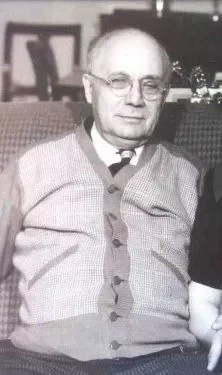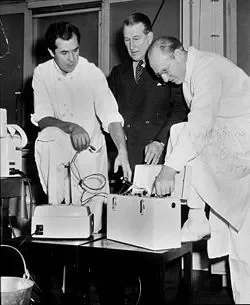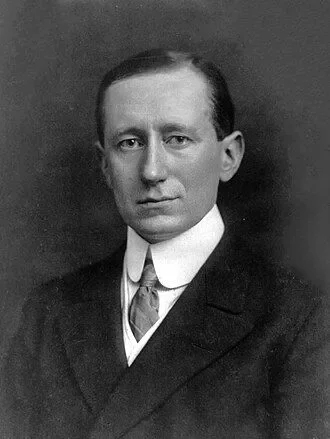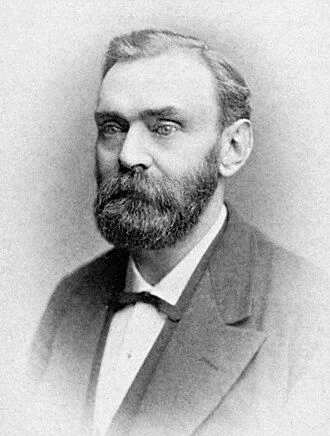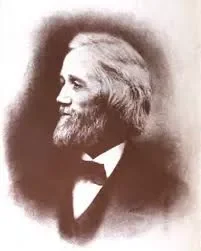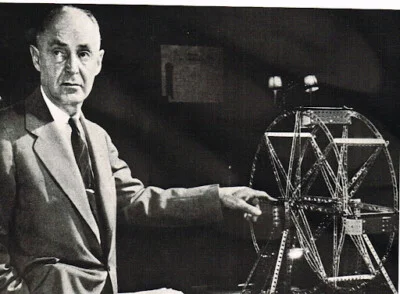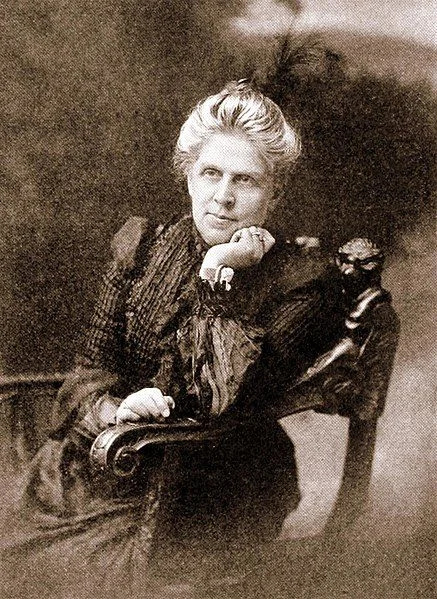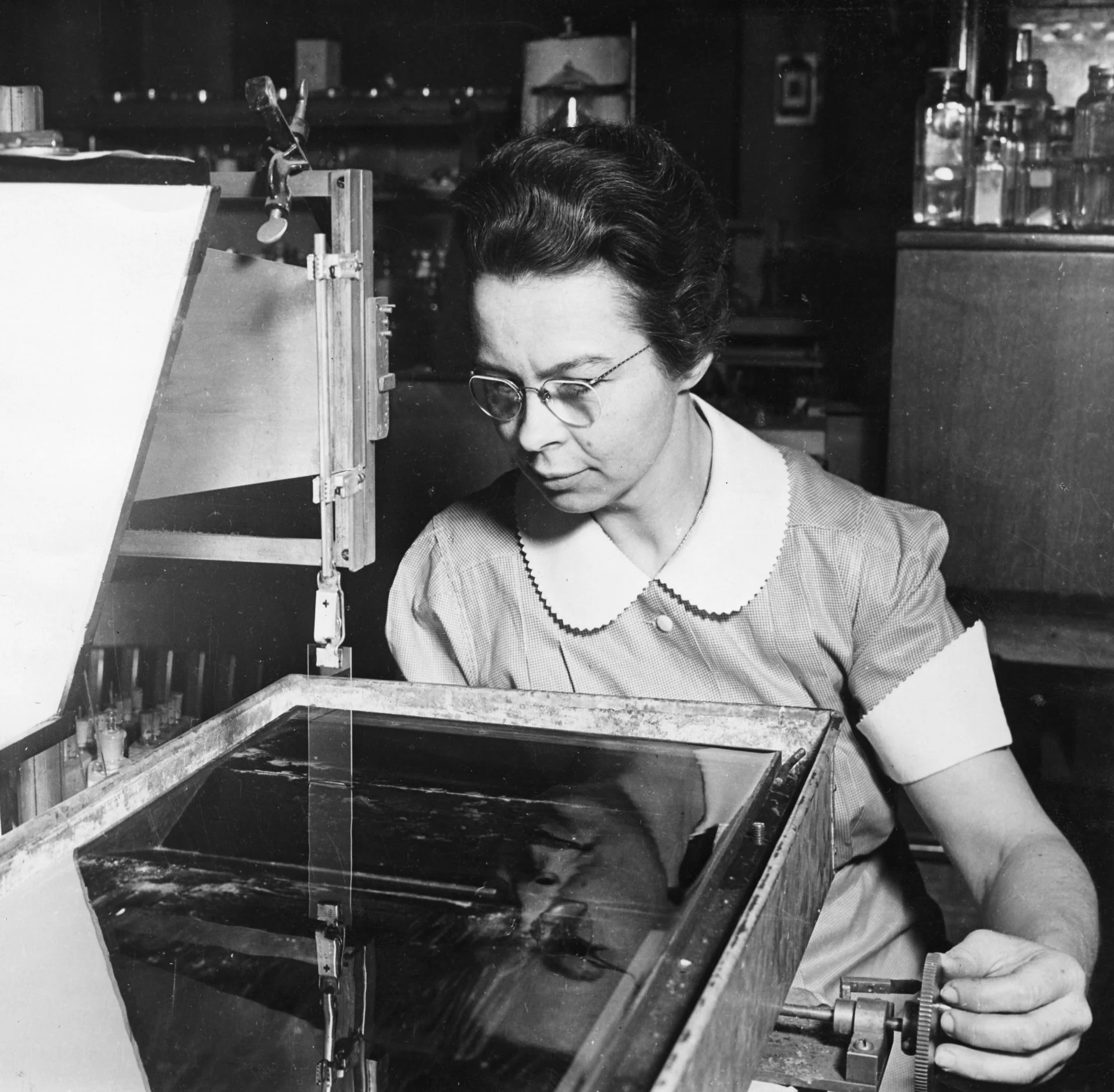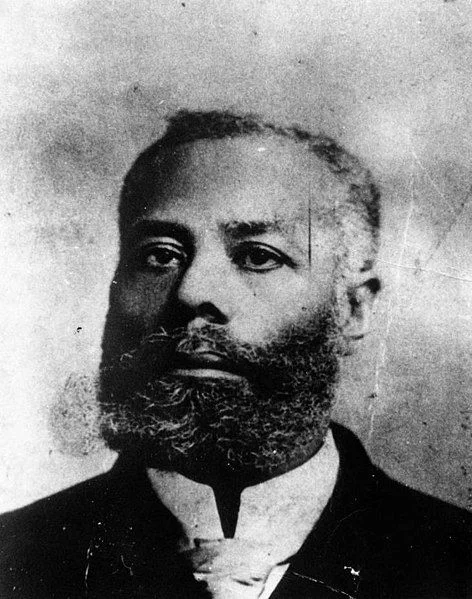Real Celebrities Never Die!
OR
Search For Past Celebrities Whose Birthday You Share
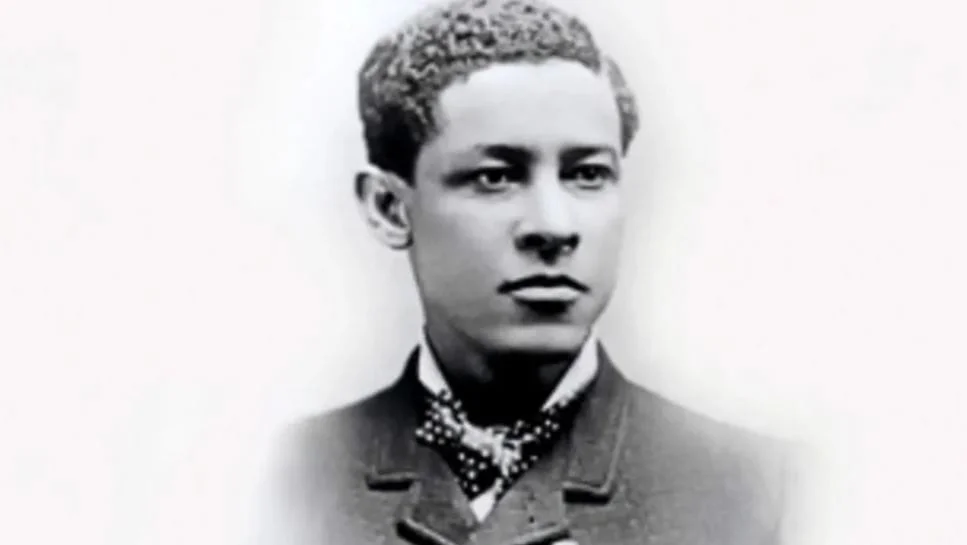
source:https://fee.org
Jan Matzeliger
Birthday:
15 Sep, 1852
Date of Death:
24 Aug, 1889
Cause of death:
Tuberculosis
Nationality:
Surinamese, American
Famous As:
Shoemaker
Age at the time of death:
36
Early Life
Jan Matzeliger was born in Paramaribo, Dutch Guiana (now Suriname) on September 15, 1852. His invention of the automated lasting machine revolutionized the shoe manufacturing industry.
Matzeliger’s birth was into a family like no other. His father, Ernst Carel Martzilger Jr., was a Dutch engineer of German descent who owned and operated the Colonial Shipworks. His mother was an African descent house slave. Matzeliger’s life and experiences were influenced by his mixed heritage.
When Jan was just 10 years old, he started learning the trade at his father’s Colonial Ship Works in Paramaribo. It was here that he first demonstrated his natural aptitude for machinery and mechanics, skills that would prove invaluable in his future endeavors.
Journey to America
At 19, Jan Matzeliger left Dutch Guiana to see the world. He worked as a mechanic on a Dutch East Indies merchant ship for several years, honing his skills and broadening his horizons. In 1873, at the age of 21, he opted to reside in Philadelphia, Pennsylvania, where he was first exposed to the shoe business.
The Birth of an Invention
By 1877, having learned English, Matzeliger moved to Lynn, Massachusetts, the heart of the American shoe industry. He found work at the Harney Brothers Shoe factory, where he observed the intricate and time-consuming process of lasting – attaching the upper part of a shoe to the sole.
Determined to improve this process, Matzeliger spent five years working on his invention, often sacrificing meals and sleep. Using scraps from the factory, he created crude models, slowly refining his design. On March 20, 1883, his persistence was rewarded with patent number 274,207 for his automated lasting machine.
Impact and Legacy
Matzeliger’s invention was revolutionary. While a skilled hand laster could produce 50 pairs of shoes in a ten-hour day, his machine could produce between 150 and 700 pairs. This dramatically increased production and reduced the cost of shoes by half, making them more accessible to the average person.
Matzeliger’s dedication to work had a negative impact on his health. He caught tuberculosis and died on August 24, 1889, shortly before turning 37. He did not live long enough to witness the complete effects of his invention.
Jan Matzeliger's Quote's
Recognition and Posthumous Honors
Despite facing racial prejudice during his lifetime, Matzeliger’s contribution to the shoe industry was eventually recognized. In 1991, the United States Postal Service issued a 29-cent stamp in his honor as part of the Black Heritage Series.
Jan Matzeliger is now remembered for both his brilliant invention and as a symbol of resilience in challenging times. His automated lasting machine transformed Lynn into the “Shoe Capital of the World” and revolutionized the entire shoe industry, leaving a lasting impact on American manufacturing and commerce.
Name:
Jan Matzeliger
Popular Name:
Jan Matzeliger
Gender:
Male
Cause of Death:
Tuberculosis
Spouse:
Place of Birth:
Paramaribo, Suriname (formerly Dutch Guiana)
Place of Death:
Lynn, Massachusetts, United States
Occupation / Profession:
Personality Type
Virtuoso: Bold and practical experimenters, masters of all kinds of tools. Matzeliger’s practical approach to shoemaking and problem-solving aligns with Virtuoso traits, emphasizing resourcefulness, innovation, and hands-on skill.
Even though he made valuable contributions, he passed away in poverty.
Matzeliger’s invention could produce up to 700 shoes per day, compared to 50 by hand
His lasting machine cut shoe production costs by half, making shoes more accessible
Matzeliger was of mixed Dutch and African ancestry
Invented the automated lasting machine in 1883, which revolutionized shoe manufacturing
Held a key patent for his lasting machine, which automated a critical step in shoemaking
Enabled mass production of affordable shoes, greatly reducing manual labor
